I'm programmatically creating a UINavigationController:
navigationController = UINavigationController(rootViewController: modeSelectVC!)
navigationController?.delegate = self
window.rootViewController = navigationController
window.makeKeyAndVisible()
Then I customize my UINavigationBar appearance like so:
navigationBarAppereance.barTintColor = UIColor.ColorPalette.bostonUniversityRed
navigationBarAppereance.tintColor = UIColor.ColorPalette.eerieBlack
navigationBarAppereance.barStyle = .black
navigationBarAppereance.isTranslucent = true
navigationBarAppereance.prefersLargeTitles = true
navigationBarAppereance.largeTitleTextAttributes = [NSAttributedStringKey.foregroundColor: UIColor.ColorPalette.babyPowder]
The configured UINavigationBar is hidden in the rootViewController provided along with the status bar but when the rootViewController pushes another view controller, both the status bar and the navigation bar becomes visible like so:
The result is as I programmed it to be but as you can also see above, the back button is misaligned. If I let go of the large title preferring, then the back button is properly aligned as usual but why does it get misaligned when large title is used.
